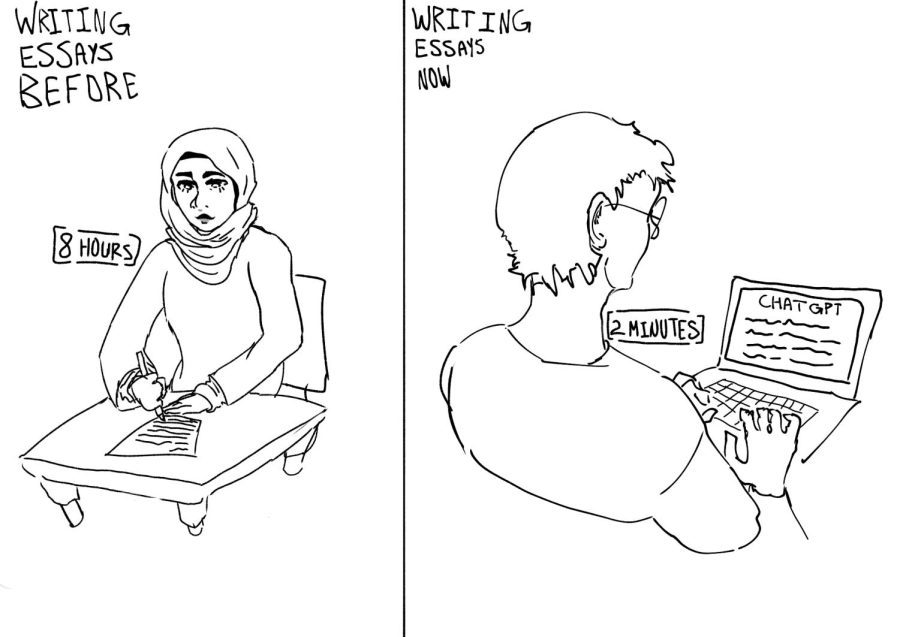Editorial: A double-edged sword
January 25, 2023
“Chat GPT can be used as a tool.” As we progressed through interviews for coverage on Chat GPT, and as we skimmed the several articles outlining both the pros and cons, we found this to be a consistent argument. Though Chat GPT has the potential to be used as plagiarism, the argument goes, the resource can be used as a form of studying.
From the ability to generate human-like text, chatbots and virtual assistants to content creation, OpenAI has taken the world of natural language processing by storm since its release in November. Within the realm of considering Chat GPT’s function in education, several students reported using Chat GPT as a baseline, rather than a form of academic dishonesty.
Chat GPT, like many AI-powered writing assistants, can be a double-edged sword when it comes to education. While it can be a useful tool for students to generate ideas and understand grammar or vocabulary, it can also harm them if they rely too heavily on it. For instance, some students may use it to cheat on homework or exams by generating entire responses or essays without fully understanding the material themselves, as shown by our data conducted in a Crier survey. Most students who reported using Chat GPT or another AI primarily do so for English essays; moreover, 6.6% of students who use Chat GPT have conducted academic honesty before.
This can lead to a lack of critical thinking skills and a lack of personal responsibility for their own learning. Chat GPT is a tool, not a replacement for education and critical thinking; students should be encouraged to use it as a support and not a replacement for their own thinking. Educators and administrators should consider the potential consequences of using AI-powered plagiarism detection software, and be transparent about the use of these tools with students and other stakeholders: for example, Crier used this Chat GPT to create this editorial.
